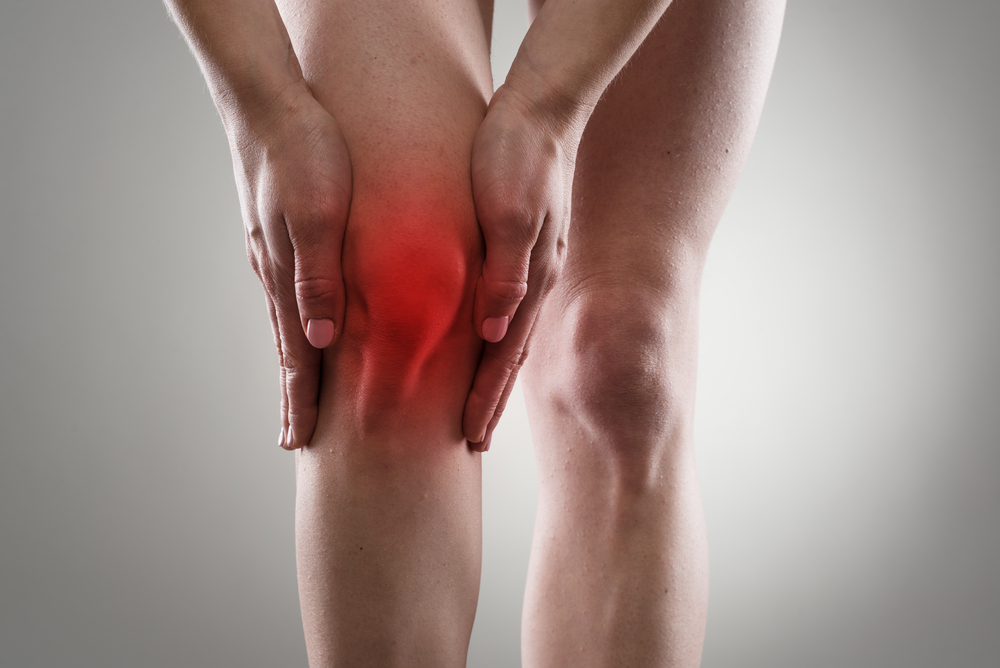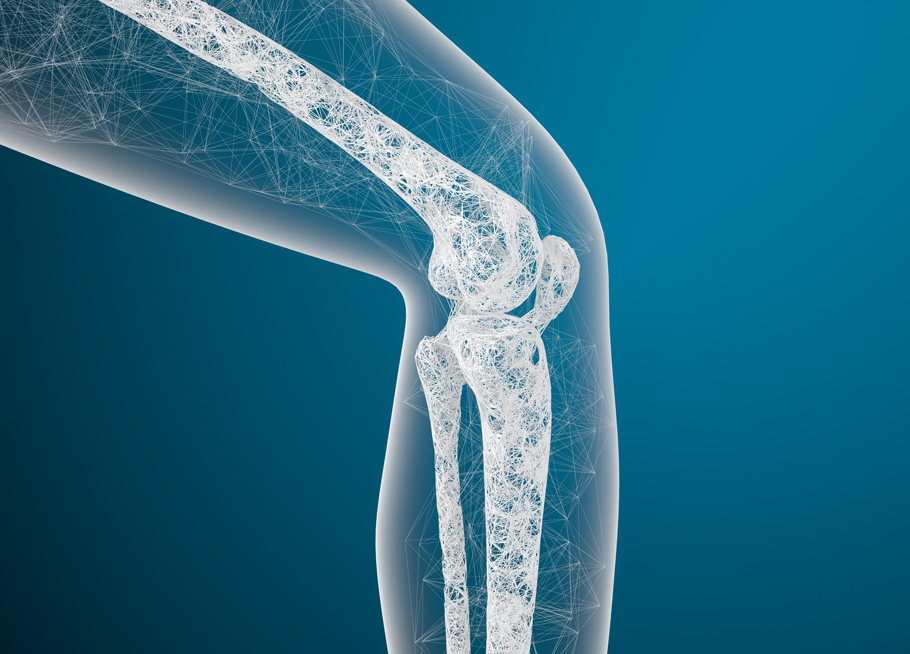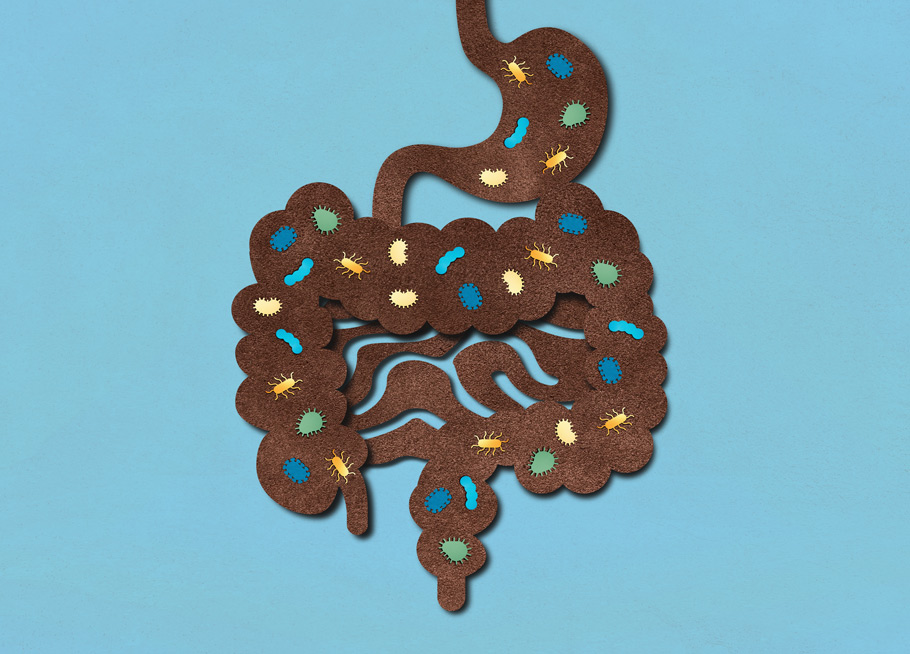
Introduction to Osteoarthritis
Osteoarthritis, known as a degenerative joint disease, is the most common form of arthritis and represents a serious concern in the United Kingdom’s public health landscape. It is characterised by the deterioration of cartilage within joints, which results in pain, stiffness, and loss of movement range. While osteoarthritis can affect any joint, it primarily troubles the knees, hips, and small joints of the hand.
Understanding what triggers osteoarthritis is not only critical for individuals at risk but also forms the cornerstone for public health strategies aimed at prevention and management. This article delves into the various factors contributing to the onset of osteoarthritis.
The Multifaceted Triggers of Osteoarthritis
Ageing: The Inevitable Influence
One of the most prominent triggers of osteoarthritis is the natural ageing process. As individuals age, the water content of the cartilage increases, and the protein makeup of cartilage degenerates. This process is accompanied by the wearing down of the cartilage that covers the ends of the bones in the joints.
“Ageing doesn’t necessarily mean you’ll develop osteoarthritis, but it’s one of the primary risk factors. The wear and tear on your joints over the years can certainly play a role in developing osteoarthritis,”
Joint Injuries and Overuse
Joints that have been damaged through sports, work-related activity, or accidents are more susceptible to developing osteoarthritis. This is particularly evident in individuals who have suffered significant injuries such as torn cartilage or ligament damage.
- Repetitive Stress Injuries: These are caused by the repeated movement of a particular joint or set of joints, often seen in certain occupations or sports.
- Acute Trauma: Injuries resulting from accidents or physical impacts that directly damage joint tissues.
Obesity: The Modern-Day Catalyst
With the rise in obesity rates in the UK, it’s imperative to understand its role as a trigger for osteoarthritis. Excess body weight exerts additional pressure on joints, particularly those that bear weight like the knees and hips. This increased load leads to faster wear and tear of the cartilage. Furthermore, the fat tissue produces proteins that may cause harmful inflammation in and around the joints.
Genetic Factors: The Hereditary Link
Research has increasingly indicated that osteoarthritis can run in families. Certain genetic traits can make an individual more susceptible to developing osteoarthritis. For instance, slight imperfections in the way bones fit together – such as being knock-kneed or bow-legged – can increase the risk.
Gender: The Disparate Impact
Gender is another factor that cannot be overlooked. Studies reveal that women are more likely to develop osteoarthritis compared with men, though the reasons behind this gender disparity remain unclear. Hormonal differences, particularly the reduction in oestrogen levels during menopause, may affect bone density and joint health.
Accelerators of Osteoarthritis Progression
While the triggers of osteoarthritis (OA) initiation are well-recognised, it’s equally important to understand what causes the condition to worsen. Several factors can accelerate the progression of OA, leading to a rapid decline in joint function and heightened pain and discomfort. Identifying and mitigating these can be crucial in managing the condition effectively.
Excessive Mechanical Stress
Continual or excessive stress on the joint can exacerbate the breakdown of cartilage. Individuals engaged in heavy manual labour or high-impact sports are particularly at risk. Activities that place repetitive or high stress on affected joints can accelerate the degenerative process.
Obesity and Metabolic Factors
Carrying excess body weight not only increases the risk of developing OA but also accelerates its progression. The additional mechanical stress on weight-bearing joints, coupled with metabolic changes associated with obesity, contribute to faster cartilage degeneration. Furthermore, adipose tissue (fat) promotes inflammation, exacerbating joint damage.
Inflammatory Processes
Chronic inflammation, either from autoimmune disorders or persistent low-grade systemic inflammation, can rapidly advance joint damage. Inflammatory molecules can contribute to the breakdown of cartilage and joint tissues, speeding up OA progression.
Joint Instability and Injuries
Previous joint injuries, especially those not adequately rehabilitated, often result in joint instability. This instability causes uneven weight distribution and abnormal joint mechanics, leading to faster wear and tear. Similarly, subsequent injuries can destabilise the joint further, accelerating OA.
Genetic Predisposition
Individuals with a family history of rapid OA progression should be vigilant, as genetics can play a role in the speed at which the disease worsens. Certain genetic variations affect collagen synthesis—a crucial component of cartilage—and other joint metabolisms, influencing the pace of OA progression.
Ageing
While ageing is a natural factor in OA onset, it also contributes to its acceleration. As the body ages, the ability to repair tissue diminishes, and the overall resilience of cartilage decreases. Consequently, the ageing process can contribute to quicker progression once OA has onset.
Lack of Treatment and Lifestyle Factors
Failure to receive appropriate treatment, engage in protective joint activities, and maintain a healthy lifestyle can quicken OA’s deterioration. This includes neglecting physical therapy, persistent joint strain, lack of regular exercise, and inadequate diet.
“It’s a compounded situation where the lack of early intervention, management, and lifestyle adjustments converge, often leading to a rapid decline in joint health and an escalation in symptoms,”
Preventive Measures and Management
Lifestyle Modifications
Considering the triggers of osteoarthritis, several preventive strategies primarily revolve around lifestyle modifications. These include maintaining a healthy weight, staying active, and avoiding repetitive joint use or injury.
Professional Medical Interventions
It’s crucial to recognise that while risk factors can be managed, not all triggers are avoidable. Early detection and professional medical intervention remain key in slowing osteoarthritis progression and managing symptoms effectively.
“Preventive measures can significantly reduce the burden of osteoarthritis. It’s about taking a proactive approach to joint health, which includes understanding the risk factors, adopting a healthy lifestyle, and seeking timely medical advice,”
Concluding Thoughts
Osteoarthritis is a complex condition influenced by an array of factors. The disease not only impacts the quality of life of the affected individual but also poses broader economic challenges due to healthcare expenditures and lost productivity. By understanding and recognising the triggers of osteoarthritis, individuals, healthcare professionals, and policymakers can work collectively towards minimising its onset and impact.
Resources for Further Reading
- Arthritis Research UK: Osteoarthritis.
- The National Institute for Health and Care Excellence (NICE): Osteoarthritis: care and management.
- NHS UK: Overview – Osteoarthritis.
- World Health Organization: Chronic rheumatic conditions.
Article by Dr. Naveen Bhadauria



